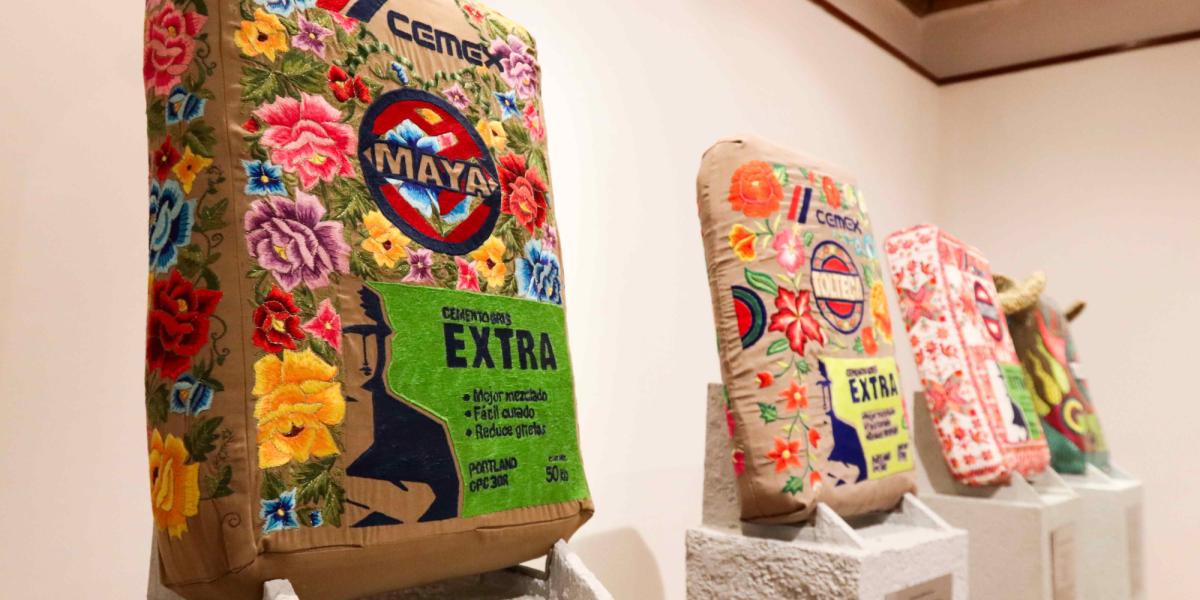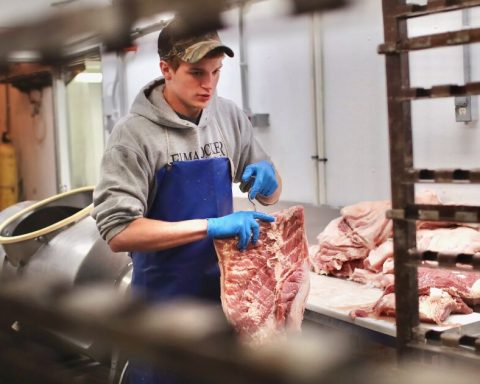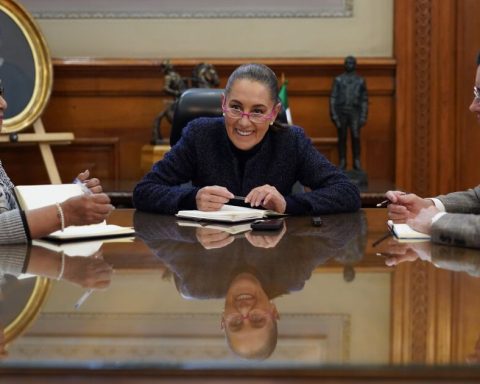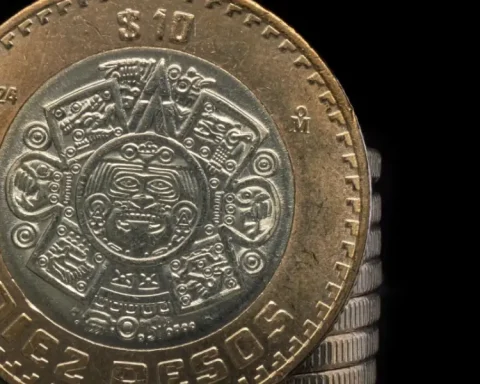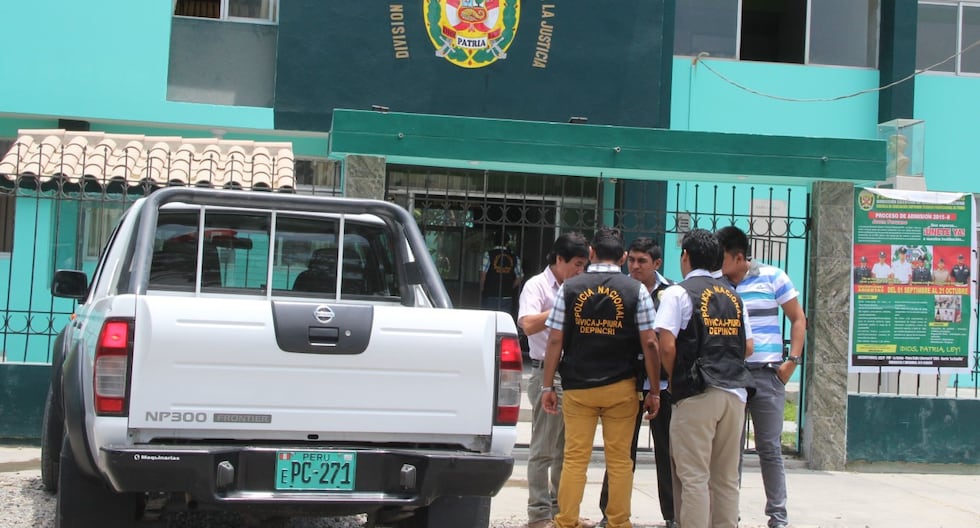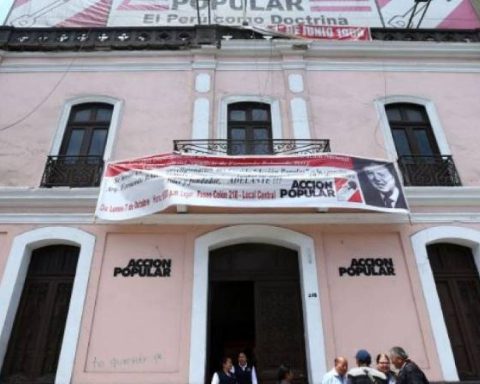The cement bags They are essential pieces in the life of the construction and now, they are part of a museum exhibition in order to enhance diversity and Mexican pride, thanks to the collaboration of cemex with specialists to celebrate the country’s artistic legacy.
Since 2017, cemex began with the creation of the collection of handmade bagswhich concluded in 2021; However, it is the first time that it is exhibited in a venue such as the Franz Mayer Museum in Mexico City.
Cemex Sacks Exhibition at the Franz Mayer
According to the company, for this collection the shape and design of a classic Extra gray cement bag was transformed. In this process, we had the support of a dozen experts in various techniques.
The collection consists of 12 sacks that have been designed by local workshops and creators using techniques that have been transmitted from generation to generation. From the tones of Huichol or Wixárik art, which trace the peyote and the “eyes of God” with countless beads, to the various ornaments of the trees of life from the Valley of Mexico, are part of the essence of these pieces that seek highlight the identity of Mexico.
cemex He explained that artists such as Mónica Oviedo Zurita, employer of the cardboard technique under the concept of Mexican alebrijes, participated in the creation of these pieces; María Esperanza Pérez and Yamili Pérez, who worked on the embroidered strips from Nacajuca, Tabasco, or the Talavera de la Luz Workshop, in the state of Puebla.
Likewise, Gerardo Ortega, who handles the betus clay from Tonalá, Jalisco, collaborated, as well as Mario Gaspar Rodríguez, an artisan from Pátzcuaro, Michoacán, who used profiled lacquer for the twelfth bag of the collection, along with other representatives from Yucatán, Guerrero , Hidalgo and Nuevo León.
Exhibition in the Franz Mayer museum
“The exhibition is not only a tribute to the multiculturalism of all regions of Mexico, where communities preserve their traditions and methodsbut it is also a project focused on the company’s characteristic social responsibility,” he reported cemex in a statement.
The exhibition will be open to the public in the Maker Room of the Franz Mayer Museum, which is located in the Historic Center of Mexico City, until November 24 of this year.
